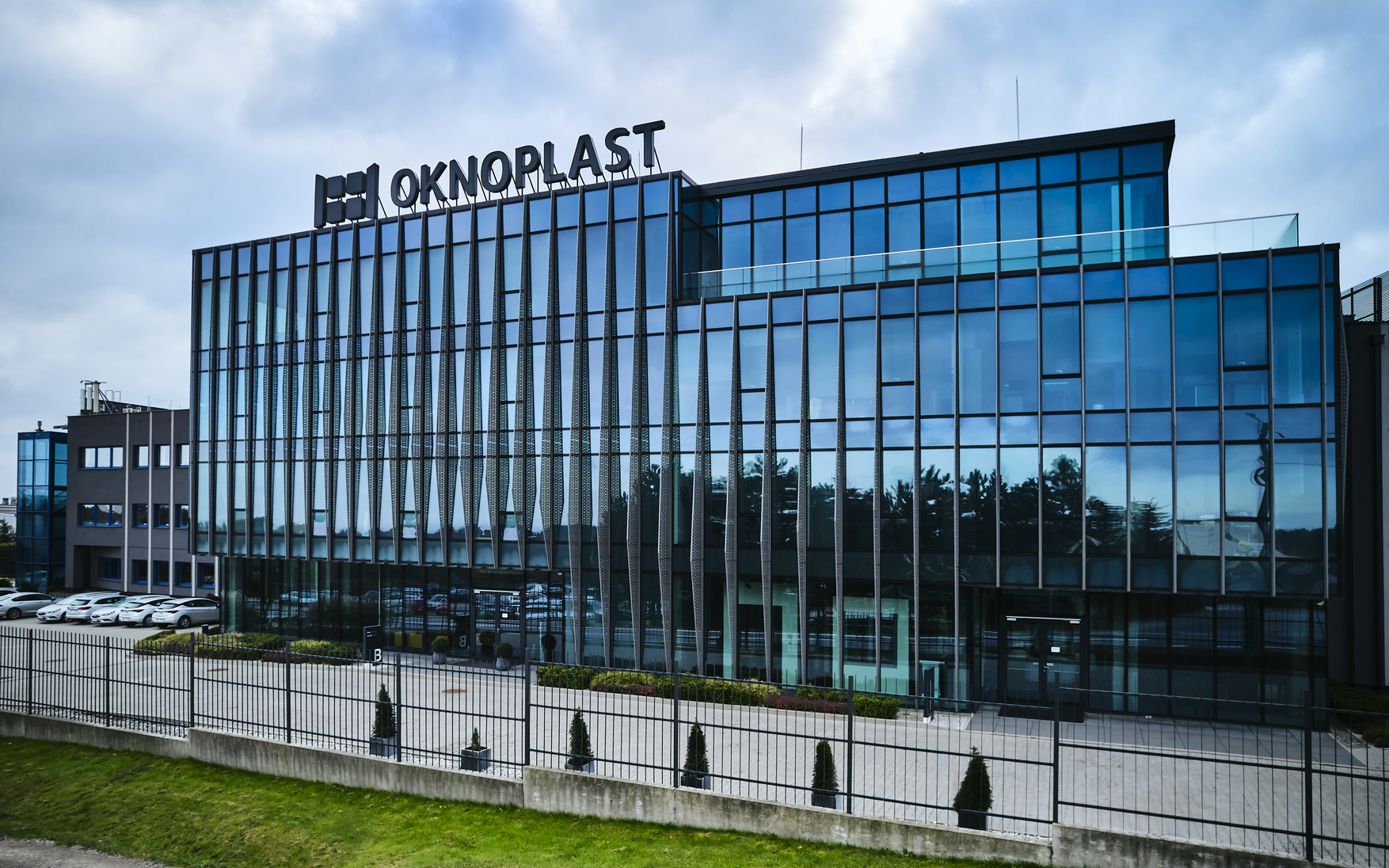Many of our customers ask us which type of heating is best suited to their home. This can be said with a clear conscience Heat pumps they are an excellent choice because they respect the environment and therefore a good alternative to conventional ones Gas and electric heating represent. The earth is an almost inexhaustible heat storage medium and this is why we are happy to recommend that builders use a saltwater-to-water heat pump. Especially compared to an air-to-water heat pump, the ground works much better as a heat source, because even in the layers closest to the surface temperatures are around 7-11 degrees all year round. This has a great advantage, especially in winter, because geothermal heat pumps continue to be efficient even under the frozen layer of earth above.
This is how a brine-to-water heat pump works
In order for the salt water pump to perform its function optimally, it needs an external energy source to store the heat from the ground. Therefore it circulates in a closed circuit a mixture of salt, antifreeze and water (brine), which is then routed to a refrigeration circuit. This refrigerant evaporates and is compressed. This compression not only increases the pressure but also the temperature. The resulting heat ends up in the heat exchanger and therefore specifically in the heating system.
Two options for geothermal energy production in focus
Geothermal heat is obtained through underground collectors near the surface or through geothermal probes using deep drilling.
Use geothermal energy from the upper layers of the earth
A pipe system is laid in the shape of a snake in the ground about 20 cm below the frost line. The optimal depth for earthworks is approx. 1.1 – 1.5 metres. The space required to install the earth collectors is determined by: Your heating needs and the total area to be heated. In practice this means that to heat a 120 m2 single-family house, approximately double the collector surface area is needed. The installation of earth collectors does not require approval from building authorities.
Ground probes need to go deeper into the earth

Geothermal probes are very useful if you don’t have much space available but still want to exploit geothermal energy for heating. The probes are left by deep drilling oblique or vertical at a depth of 40-100 meters in the earth. The depth to be drilled depends on the nature of the soil and its thermal conductivity. If you want to drill into the ground you absolutely must go to the relevant building authority and obtain a permit.
State subsidies for the installation of a heat pump
In Germany, all measures that promote an environmentally friendly energy supply are subsidized, including heat pumps. The Federal Ministry for Economic Affairs and Export Control (BAFA) mainly supports all properties that have heat pumps in operation for at least 2 years. There is at least one exception: you can opt for particularly efficient heat pumps request an innovation bonus. Receiving financing depends on the annual return factor and the performance of the heat pump.
The Kreditanstalt für Wiederaufbau (KfW) also lends money for the installation of a heat pump Loans for investments and subsidized rate loans both for building renovations (Program 430 “Energy efficient renovation”) and for new buildings (Program 153 “Energy efficient building”).
Do you want to build your house in the most ecological and energy-efficient way possible? We will be happy to take care of your construction project in Berlin, Brandenburg and Mecklenburg-Vorpommern and will take into account all renewable energy sources and the most modern technologies when installing heating, windows, doors, etc. Alarm system and Co. Contact us now on 03843 – 501 968 01 or write us an email News.
latest posts published

The basement as an ideal place for a home sauna
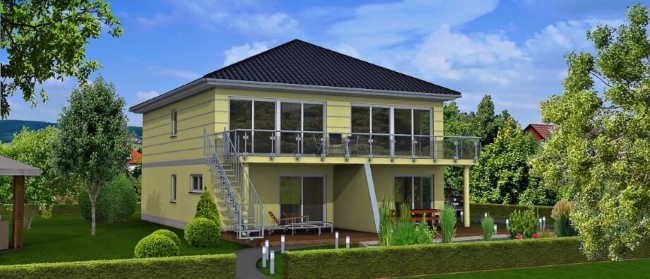
Building a condo is a breeze | What’s behind a condominium?
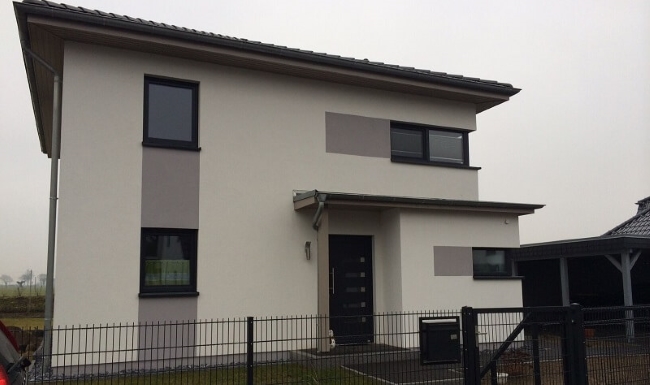
Splash protection for facades – that’s why it makes sense
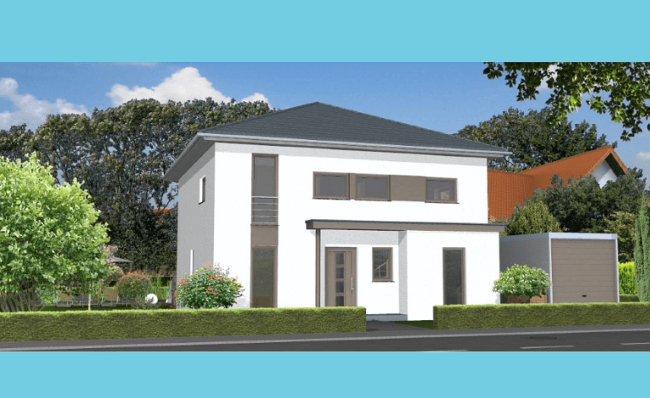
How to design your home with a covered garage

Build savings in times of low interest rates
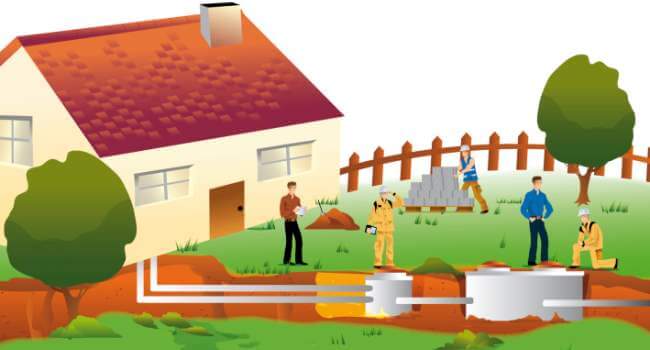
Useful information on property drainage | Considerations during construction

Interior wall plaster in brief
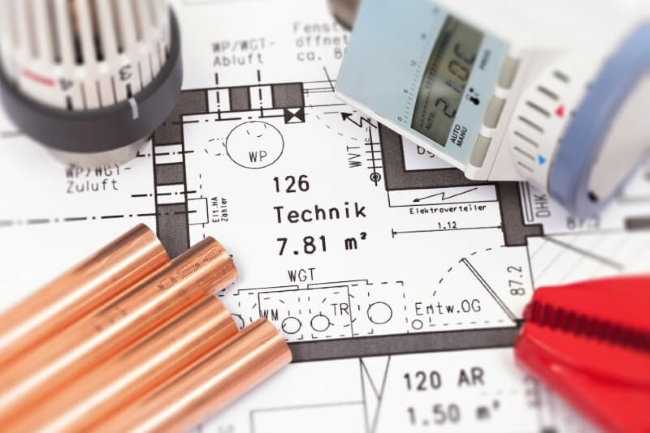
Heating with oil, gas or electricity
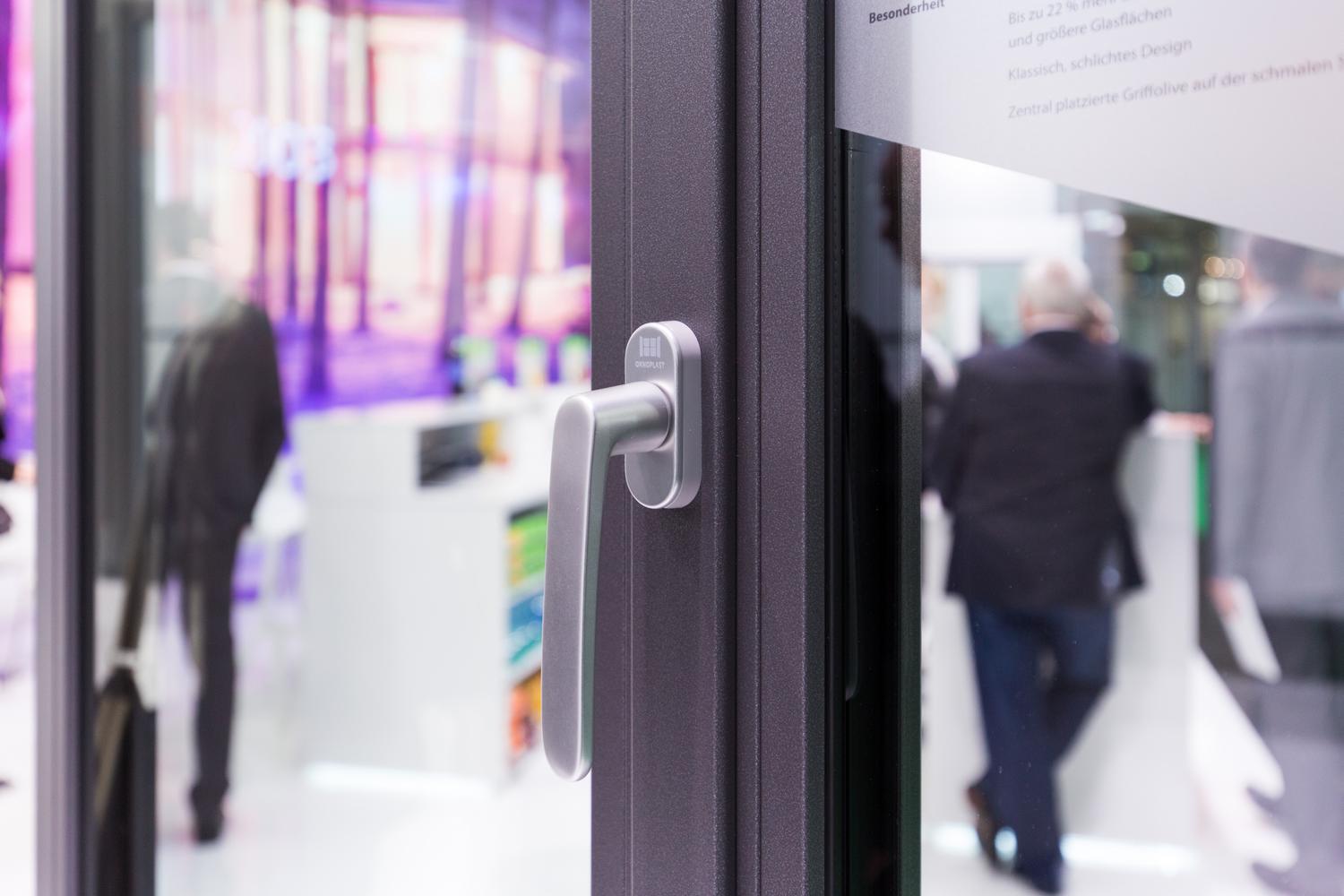
Foil as desired | Oknoplast
